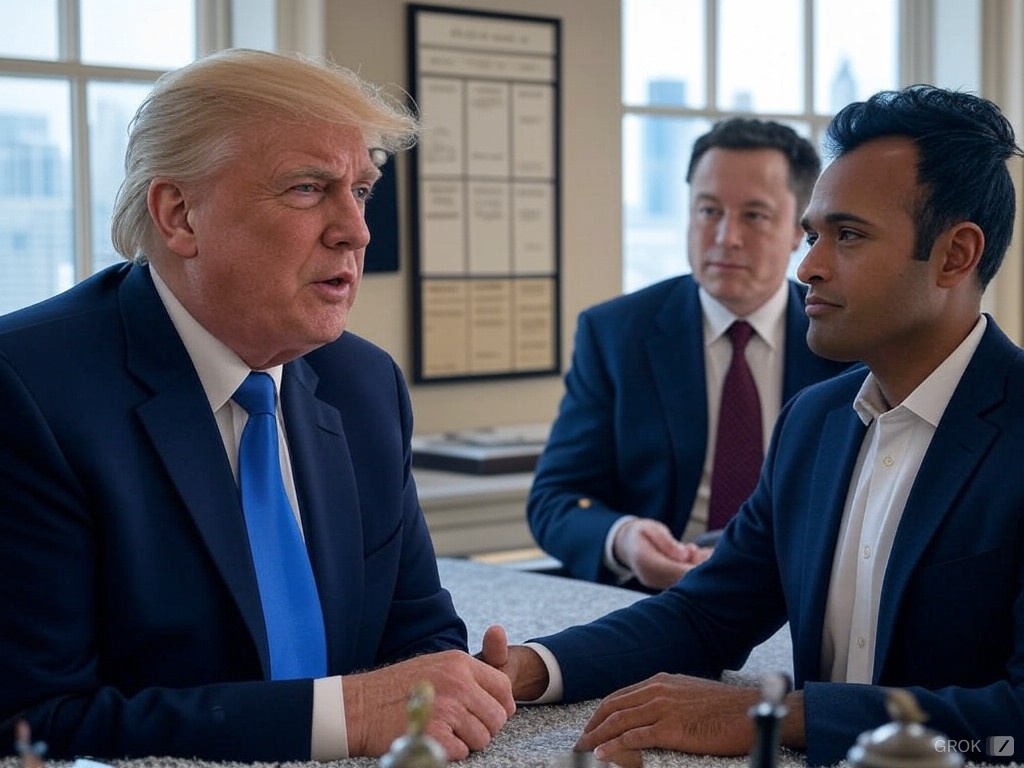Scientists from Aalto University and the Institute of Physics CAS have collaborated to create a special new material that shows a unique magnetic state. This artificial quantum material was built atom by atom from magnetic titanium on top of a magnesium oxide substrate. This discovery could be a huge leap forward for future technology.

Researchers built this material by carefully placing tiny magnetic pieces, atom by atom, on a surface. This process required precise control and planning.

In the quantum world, materials can behave in strange ways. By combining certain materials, scientists can create new states of matter that act differently from anything we know.

This new magnetic state could protect information better than current technologies. It might help make future technology faster and more reliable.

The material shows a special kind of magnetism, where the magnetic pieces behave as if they are broken into smaller parts. This creates a more stable and unique state.

Scientists used a tiny needle to move atoms in the material. This technique allowed them to see and control how the material behaves at a very small scale.

The special magnetism in the material could protect it from disturbances. This protection is important for building strong and reliable quantum technologies.

The discoveries made with this material could be the building blocks for new types of computers and other advanced technologies that we can’t even imagine yet.

Even though this discovery is complex, it’s a step forward in understanding how the quantum world works, which could lead to many exciting new developments.

As scientists continue to study this material, they hope to unlock even more potential for it in the future, possibly leading to incredible advancements in technology.

“Construction of topological quantum magnets from atomic spins on surfaces” by Hao Wang, Peng Fan, Jing Chen, Lili Jiang, Hong-Jun Gao, Jose L. Lado and Kai Yang, 29 August 2024, Nature Nanotechnology.
DOI: 10.1038/s41565-024-01775-2





